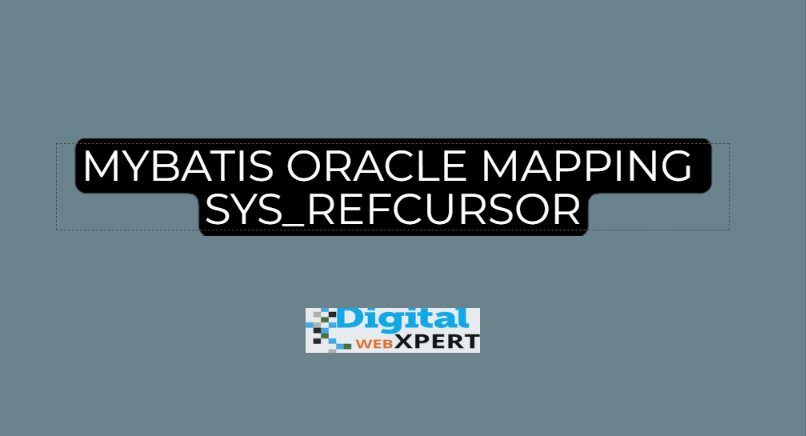In MyBatis, a popular Java-based persistence framework, you can use Oracle’s SYS_REFCURSOR to return result sets from stored procedures or functions. SYS_REFCURSOR is a data type in Oracle that allows you to return a cursor variable, which acts as a pointer to a result set. This can be useful when you want to return complex or multiple result sets from a single database call.
To map the SYS_REFCURSOR to Java objects using MyBatis, you can follow these steps:
1. Define the Oracle procedure or function that returns SYS_REFCURSOR:
First, you need to create a stored procedure or function in your Oracle database that returns a SYS_REFCURSOR. For example:
CREATE OR REPLACE PROCEDURE GET_EMPLOYEES( p_dept_id IN NUMBER, p_result OUT SYS_REFCURSOR ) AS BEGIN OPEN p_result FOR SELECT * FROM employees WHERE department_id = p_dept_id; END;
2. Create a MyBatis mapper interface:
Next, you need to create a MyBatis mapper interface that defines the method for calling the stored procedure or function and mapping the SYS_REFCURSOR to Java objects. For example:
public interface EmployeeMapper {
@Options(statementType = StatementType.CALLABLE)
@Select("{ CALL GET_EMPLOYEES(#{deptId, mode=IN, jdbcType=NUMERIC}, #{result, mode=OUT, jdbcType=CURSOR, resultMap=EmployeeResultMap}) }")
void getEmployees(@Param("deptId") int deptId, @Param("result") ResultSet[] result);
}
In this example, we use the `@Options` and `@Select` annotations to specify that we are calling a stored procedure. The `#{deptId}` and `#{result}` are MyBatis parameter placeholders that will be replaced with actual values at runtime. The `EmployeeResultMap` is the result map used to map the cursor’s data to Java objects. Make sure to create the result map in your MyBatis configuration XML file.
3. Create a MyBatis result map:
In your MyBatis configuration XML file, create a result map that defines how to map the SYS_REFCURSOR’s columns to Java objects. For example:
<resultMap id=”EmployeeResultMap” type=”Employee”> <id property=”id” column=”employee_id”/> <result property=”name” column=”employee_name”/> <result property=”department” column=”department_name”/> <!– Add more property-to-column mappings here –> </resultMap>
4. Execute the stored procedure and retrieve the results:
Finally, you can use MyBatis’ `SqlSession` to call the stored procedure and retrieve the results. For example:
SqlSessionFactory sqlSessionFactory = ... // Initialize your MyBatis SqlSessionFactory
try (SqlSession session = sqlSessionFactory.openSession()) {
EmployeeMapper mapper = session.getMapper(EmployeeMapper.class);
ResultSet[] result = new ResultSet[1];
mapper.getEmployees(123, result);
// Process the result set
ResultSet rs = result[0];
while (rs.next()) {
// Map the result set to Java objects using MyBatis result map
Employee employee = new Employee();
employee.setId(rs.getInt("employee_id"));
employee.setName(rs.getString("employee_name"));
employee.setDepartment(rs.getString("department_name"));
// Add more mappings as needed
}
}
Please note that the actual implementation may vary depending on your specific use case and the version of MyBatis you are using. Make sure to consult the official documentation and adjust the code accordingly.

